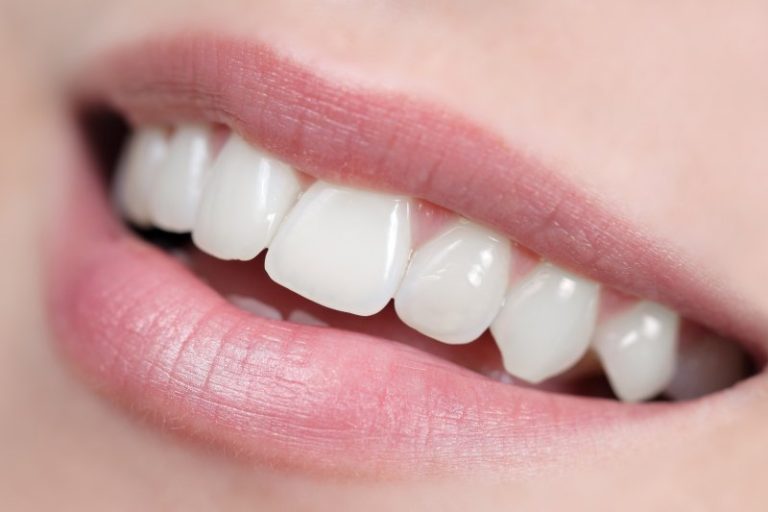🚫 Stop Flossing Wrong! 👉 Five Common Mistakes You Must Avoid
Flossing is an essential but often skipped step in maintaining good oral and bodily health. It prevents gum disease and lowers your risk of stroke, heart disease, some cancers, and even Alzheimer’s disease. While flossing may seem simple, most people end up following the wrong techniques. And if you don’t do it properly, you could actually damage your teeth in the process. Here are five common mistakes people make and how to correct them.
1. 🕔 Flossing at the Wrong Time
Flossing is a critical step in your oral hygiene routine because it removes harmful bacteria and debris from those hard-to-reach areas. However, it benefits your dental health the most when it’s done right before bed. Saliva flow decreases when you’re asleep, so any residual food particles left overnight have a higher chance of starting bacterial breakdown or causing gum inflammation. Make sure you incorporate floss into your nighttime routine to remove any bacteria or food that may have collected throughout the day.
2. ❌ Using the Wrong Type of Floss
Did you know that the type of floss affects cleaning ability? When choosing the correct type, you must consider the amount of space between your teeth, whether you have dental restorations, and whether you have gum issues. Generally, a thinner material works best for tight spaces and mouths with a lot of dental work. A more fibrous string with a larger surface area is recommended for individuals with larger spaces between their teeth or more periodontal issues.
3. 🚀 Flossing Too Quickly
If you’re on a time crunch, you may floss quickly to speed up the process. However, moving too fast means you may not be thoroughly cleaning the debris between your teeth. You should spend about ten seconds scraping each side of every tooth before moving on to the next surface. Maintaining a bright, healthy smile is worth those few extra minutes of flossing!
4. 🏁 Quitting When Your Gums Bleed
Blood may turn some people away from flossing because it makes them think they’re hurting their gums. It might seem counterintuitive, but bloody gums are an indication that you need to floss more. It’s a common symptom of gingivitis and occurs when your body is helping the gum tissue fight all the plaque that’s accumulating. If you’re experiencing bloody gums, start flossing regularly. After a few days, the bleeding should stop, and your gums will be much happier!
5. 😠 Being Too Aggressive
If you’re sawing and snapping the floss between two teeth, that’s far too aggressive for your smile. This technique can damage your gums and can lead to gum recession. Instead, work the floss back and forth while applying firm but controlled downward pressure to get in between two teeth. Once it’s in, slide the floss sideways up the tooth, not sawing the base of it.
Next time you floss, be mindful of your technique and avoid making these common mistakes. Proper flossing will help keep your oral health in its best shape—your smile will thank you!
Source: www.oshkoshcompletedentistry.com



